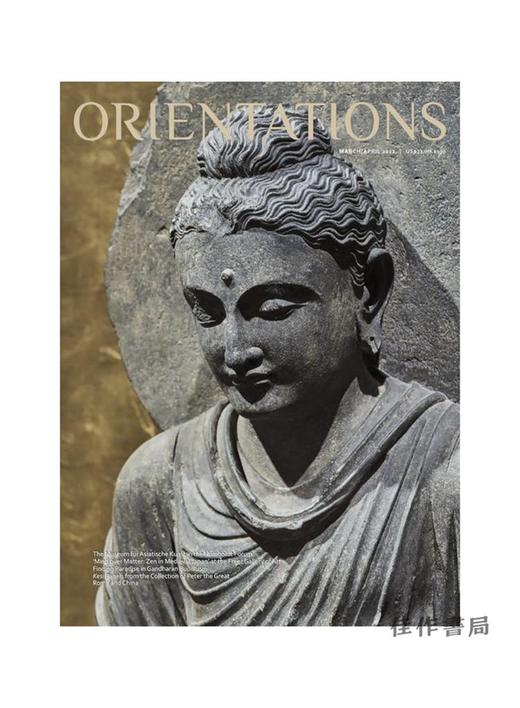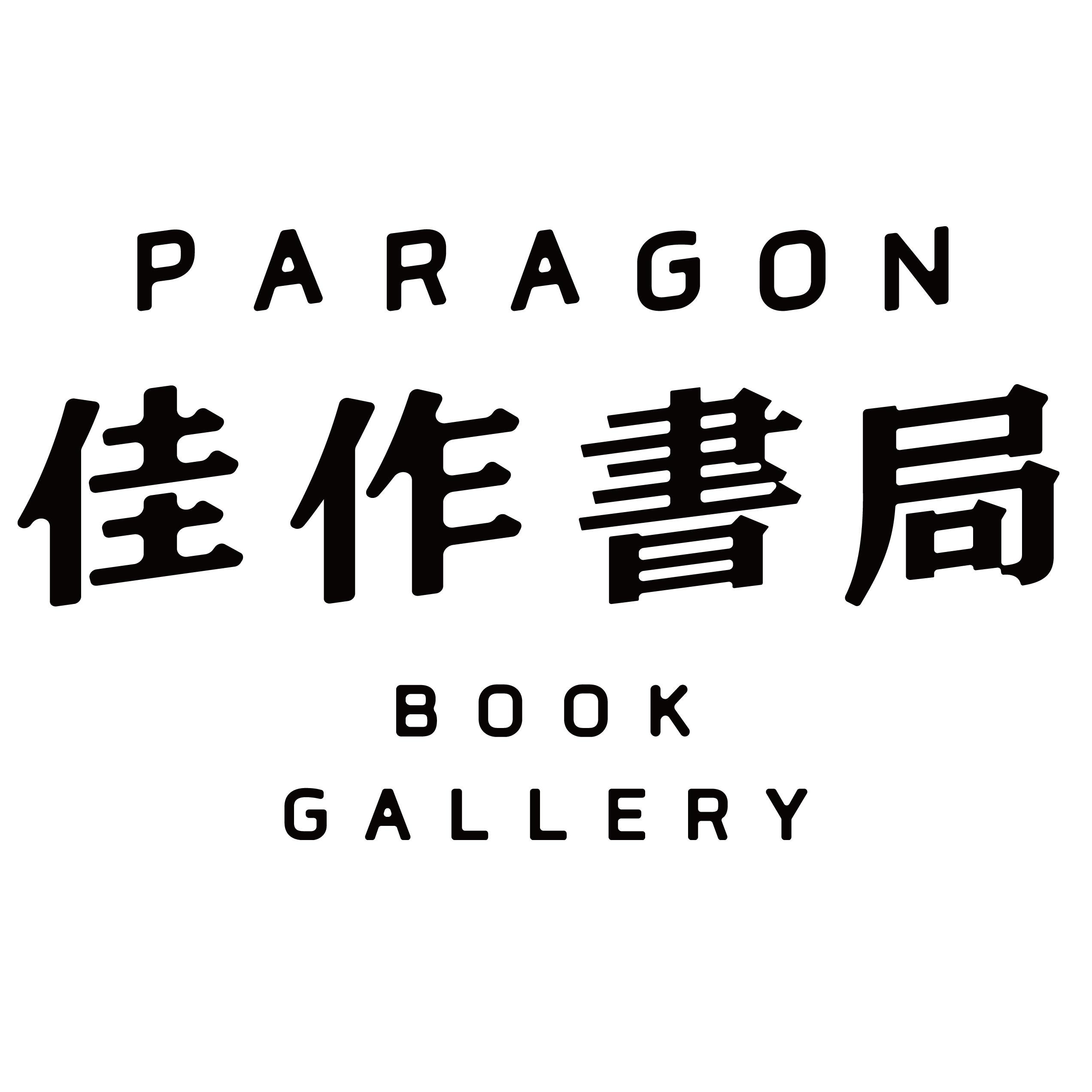商品详情
定价:150.0
ISBN:23081
作者:Orientations
版次:1
内容提要:
VOLUME 53 - NUMBER 2
In this issue, we feature Berlin’s Museum für Asiatische Kunst (Asian Art Museum), which opened parts of its permanent galleries in the fall of 2021. The museum is housed together in the partially reconstructed Berlin Palace along with the Ethnologisches Museum (Ethnological Museum), Stadtmuseum Berlin (Berlin City Museum), Kulturprojekte Berlin, and Humboldt University. From its inception, the whole complex, called the Humboldt Forum, has attracted much controversy about colonialism and museum collections, primarily around the Benin Bronzes and the ‘Luf boat’ from what is now Papua New Guinea. The curators have been sensitive to the debate and we learn how transparency is an integral part of the museum’s philosophy and how curators are revisiting discussions of provenance and the history of ownership in the gallery texts.
The new building allows the Asian art galleries to be arranged all on one level, with South and Southeast Asian arts receiving additional exhibition space to permit more objects to be shown. One highlight is the Central Asian collection that occupies two large galleries under a dome 35 metres in height, in what was formerly the palace chapel after 1848. The permanent exhibition contains objects brought to Germany by the Turfan Expeditions (1902–14) from northern Silk Road sites such as Kizil and Kucha. Many of the objects were kept in storage in the museum’s original location.
The exhibition ‘Mind over Matter: Zen in Medieval Japan’ opens this March at the Smithsonian Institution’s Freer Gallery of Art and will show nearly all of the museum’s collection of medieval Zen paintings from China and Japan. Many of the artists of this period between 1200 and1600 have left a lasting legacy on ink painting. Of particular focus is group of around thirty works from the Sengoku era bearing the artist’s seal ‘Geiai’ and the painting Bodhidharma Crossing the Yangzi on a Reed purchased by Charles Lang Freer in 1907 as a painting by the Southern Song dynasty (1127–1279) artist Liang Kai (act. early 13th century).
A Gandharan sculpture known as the ‘Brussels Buddha’ has been loaned to the Indian sculpture galleries at the Metropolitan Museum of Art, New York (the Met). Its style and iconography are similar to those of a group of Buddha steles from the Peshawar Valley of northwestern Pakistan. The ‘Brussels Buddha’ seems to express newly emerging Mahayanist sentiments in Buddhist thought, produced at the very crossroads of early Silk Road commerce. Also at the Met, Oscar L. Tang and Agnes Hsu-Tang have pledged $125 million for the renovation of the museum’s Modern Wing, in the institution’s largest capital gift ever. We interview the couple on their philanthropic activities over the years and how public arts education and collaborative efforts might encourage cross-cultural dialogue.
FEATURES
Raffael D. Gadebusch. A New Museum for a New Era. The Museum für Asiatische Kunst in the Humboldt Forum
Birgitta Augustin. Chinese Art in Context. The New Presentations of Chinese Art in the Museum für Asiatische Kunst in the Humboldt Forum
Uta Rahman-Steinert. Fascinating Characters. The Art of Writing and Text Cultures in East Asia
Lilla Russell-Smith. A Journey on the Northern Silk Road, Under the Dome in the Humboldt Forum
Frank Feltens. Mind over Matter: Zen in Medieval Japan
Yukio Lippit. Discovering Geiai
Shimao Arata. Facets of a Supernatural Story: Bodhidharma Crossing the Yangzi on a Reed
John Guy. Finding Paradise in Gandharan Buddhism: The Year 5 Buddha Triad as a Buddha-Land
Maria Menshikova. Kesi Panels from the Collection of Peter the Great: The Story of Diplomacy at the End of the 17th and Beginning of the 18th Century
- 佳作书局 (微信公众号认证)
- 佳作书局(PARAGON BOOK GALLERY)自1942年创办以来专注于中外艺术书籍的引介和出版。
- 扫描二维码,访问我们的微信店铺
- 随时随地的购物、客服咨询、查询订单和物流...










